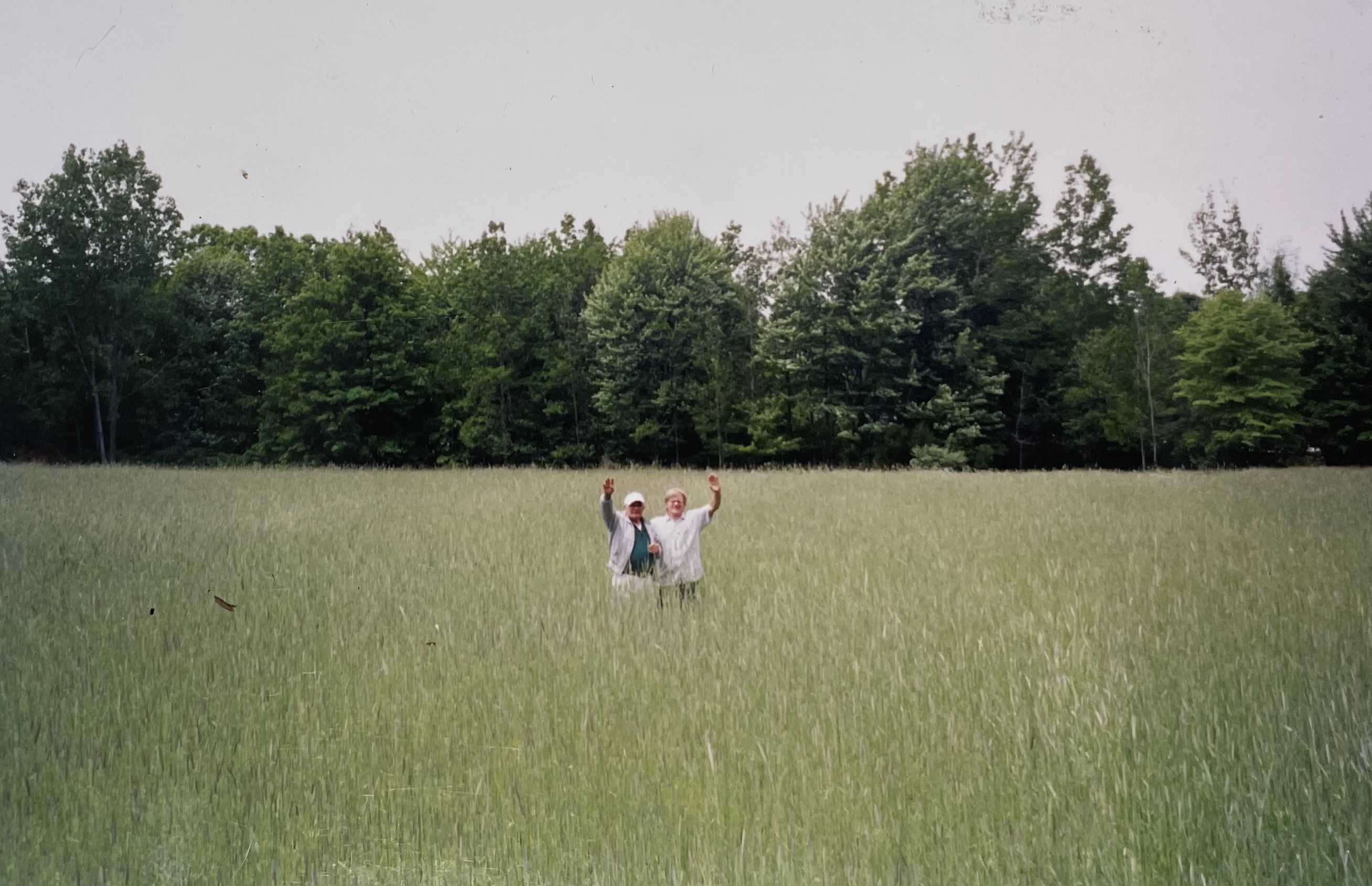

Large Acorn Selection with Mildew Immune Leaves
Sargent oak is a well known hybrid chestnut oak that dates back to the early 1800's. Named after famed C.S. Sargent who was a botanist and author of Manual of Trees of North America. This is one of the first hybrid oaks noted between English oak and chestnut oak. Several large trees exist in the U.S. and Europe. Early ripening acorns are quickly consumed by deer. One of the earliest acorns to ripen that tend to drop over a 4-6 week period. Seedlings from the group are intermediate between the species showing fast growth, straight growth habit and dominant central leader.
This hybrid oak has a great range of adaptability in soil and climate and is very tolerant of heat and drought. It is one of the most reliable acorn producers in our planting. We have now established a second generation of this cross selecting for larger leaves and vigorous growth rate. This hybrid was a first generation cross found growing in a bed of English oaks. Its fast growth and immunity to mildew made it stand out of the crowd. The acorns were collected 40 years ago near a chestnut oak tree which had naturally crossed with it.
VARIETY: "Acorntopia" Broad spreading tree with multiple wide angled branches growing outward from a short trunked tree. This selection is immune to mildew and has large deeply lobed dark green leaves. "Acorntopia" has the largest acorns produced on long strings. The acorns fall free from the cap starting in early September. The acorns are not low in tannin but are very clean and have few if any weevils and are consumed by deer as soon as they fall as there is few acorns dropping that early at my farm. The tree produces excellent seedlings and further selection could be done to create even more vigorous seedlings from this cross. Second generation crosses of this hybrid have shown some remarkable growth reaching 5 ft. in 2 years which is exceptional in my location.
To germinate the acorns: No cold dormancy needed for sprouting. This species is in the white oak family and will sprout immediately once planted in the fall. You can delay the sprouting by refrigeration but eventually they will pop in the fridge. If you are using the refrigeration then it is better to store them slightly dry as this prevents rot. If planting outside or storing outside make sure you prevent rodents from eating them. There is essentially no dormancy requirements for sprouting but there is a dormancy for the top to emerge so some cold is needed to unify germination prior to planting for spring. Normally though some acorns sprout and grow tops right away.
| Plant Specs |
| Genus & Species |
Quercus x sargentii (prinus x robur) |
| Seed Source |
Michigan-found as a chance seedling here at my farm. |
| Hardiness |
-30F |
| Height (ft) |
70 |
| Width (ft) |
70 |
| Soil |
Sandy, to loam -Adaptable to clay or sand and does appear to grow in alkaline conditions to a certain extent. |
| Climate |
Zone 3-9. Does best in the northeast but good over a wide range of climates. |
| Ease of Cultivation |
This is the easiest oak to grow under almost every condition. Partly because of its background, Sargent oak provides both on a seedling level and cultivar a fast growing oak with excellent acorn production. One of the best seedlings at my farm in terms of yield per tree. I think using this as a grafted tree would be ideal for agroforestry use as the yields are very high yet low enough that the tree is consistently fruitful. |

